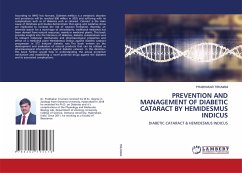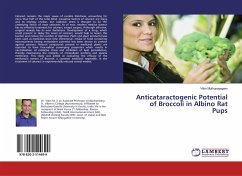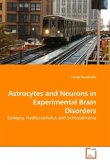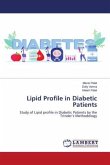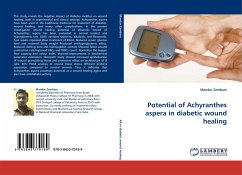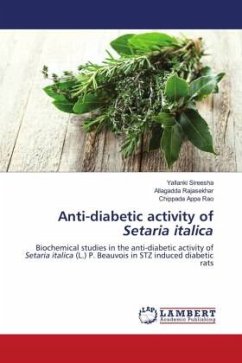Cataract, the opacification of eye lens, is leading cause of blindness worldwide. Usually is treated surgically, however biochemical solution or pharmacological intervention that would maintain the transparency of the lens is desirable. Diabetic patients have 25 times higher risk of cataract onset as non-diabetics. Study was focused on the investigation of oxidative mechanisms of eye lens proteins injury under model conditions in vitro and in vivo. The results indicated an actual prospect of pharmacological utilization of antioxidants in prevention of diabetic cataract. Besides oxidative stress, taking into consideration additional mechanisms of cataractogenesis (non-enzymatic glycation, polyol pathway, calpains involvement), it has further directed the intentional synthesis of new derivatives of the pyridoindole stobadine to prevent diabetic complications. Book represents handy tool counting experimental approaches thus is highly recommended to entire physiology, biochemistry and pharmacology oriented audience: students, research associates, medical doctors or simply to knowledgeable public willing to reveal the fundamentals of diabetic cataract formation.
Bitte wählen Sie Ihr Anliegen aus.
Rechnungen
Retourenschein anfordern
Bestellstatus
Storno


